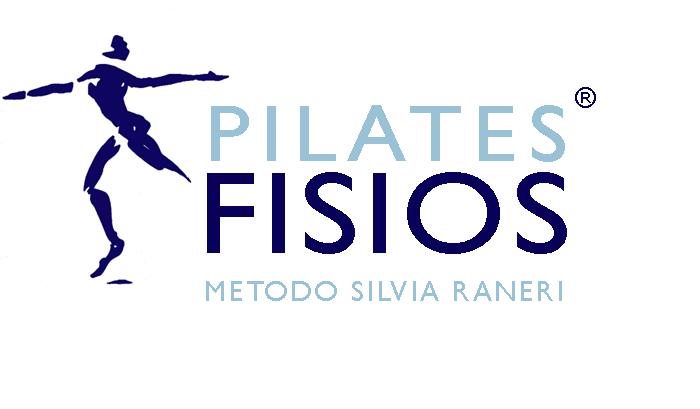Abstract Purpose: This study was performed to assess and compare the effects of Pilates exercise on flexibility and lumbo-pelvic movement control between the Pilates training and control groups. Methods: A randomized single-blinded controlled design was utilized in the study. Forty healthy male and female volunteers (mean age 31.65 ± 6.21 years) were randomly divided into Pilates-based training (20 subjects) and the control groups (20 subjects). The Pilates group attended 45-minute training sessions, 2 times per week, for a period of 8 weeks. Flexibility and lumbo-pelvic stability tests were determined as outcome measures using a standard “sit and reach test” and “pressure biofeedback” respectively at 0, 4 and 8 weeks of the study. Results: The results showed that the Pilates training group improved flexibility significantly (P<0.001) during time intervals. This effect was also significantly greater than the control group for both 4 weeks and 8 weeks of the training period (P<0.001). There were 65% and 85% of the subjects from Pilates group passing the lumbo-pelvic stability test at 4 and 8 weeks of training periods respectively. No subjects from the control group passed the test at any stages. Conclusions: Pilates can be used as an adjunctive exercise program to improve flexibility, enhance control-mobility of trunk and pelvic segments. It may also prevent and attenuate the predisposition to axial musculoskeletal injury.

